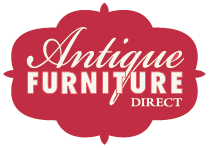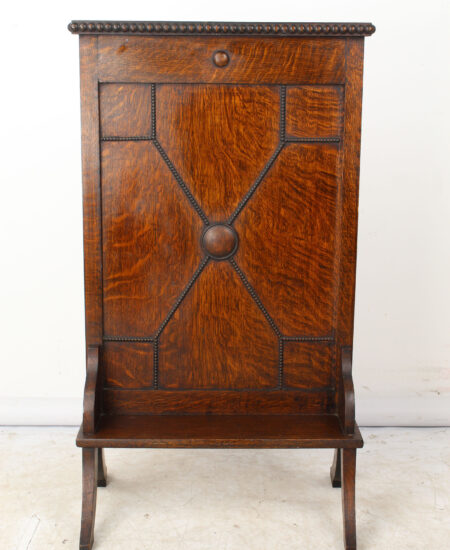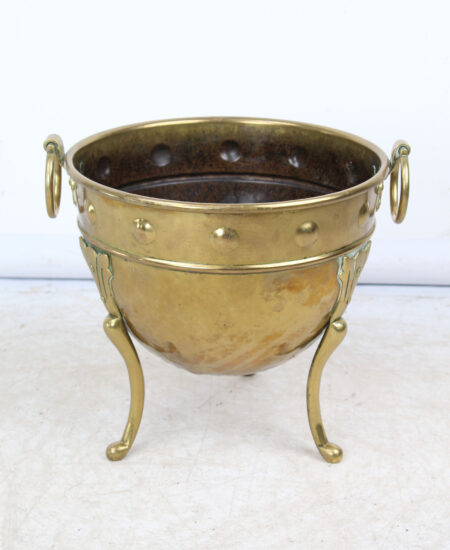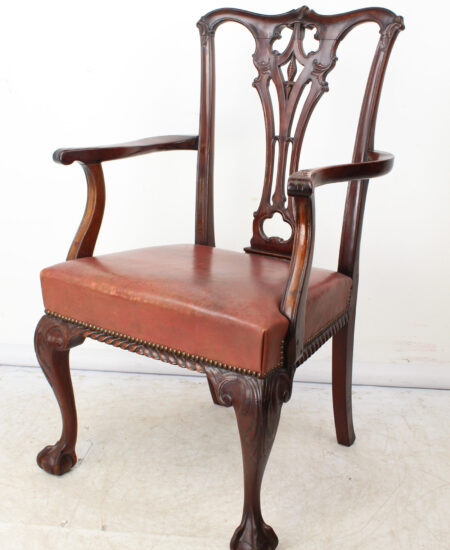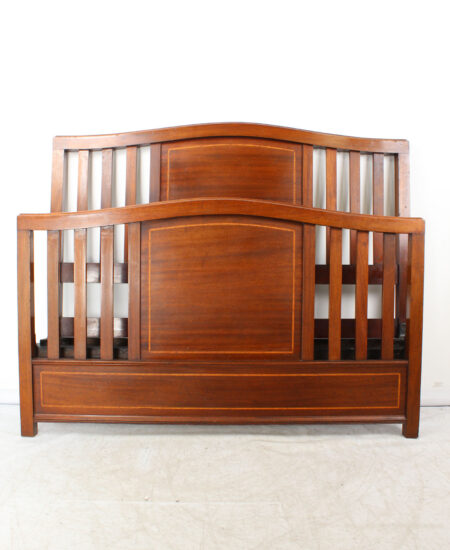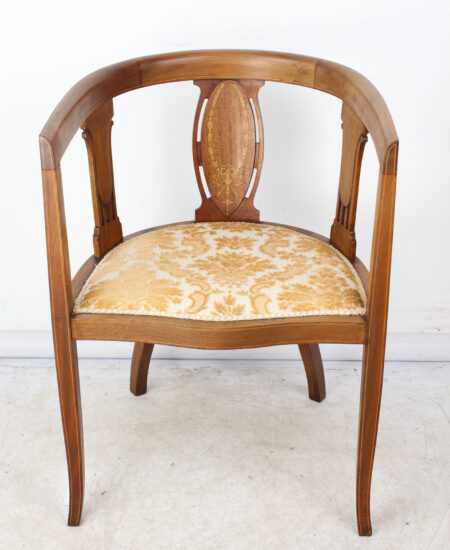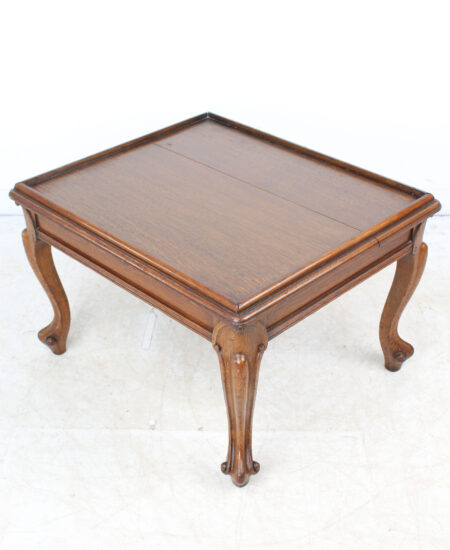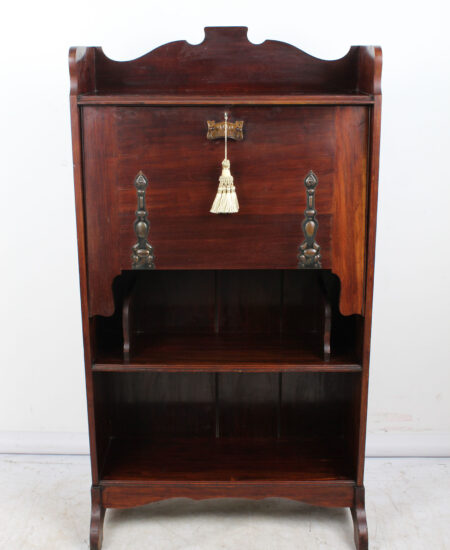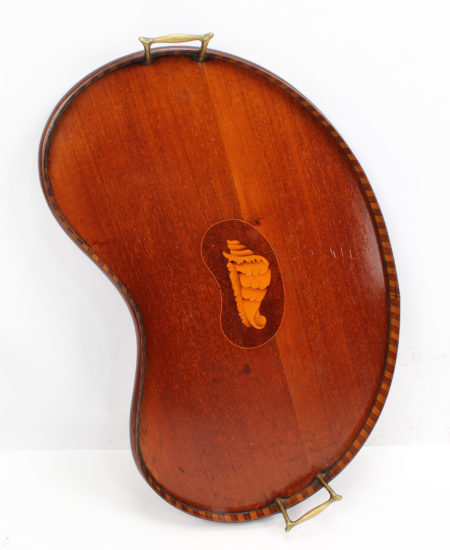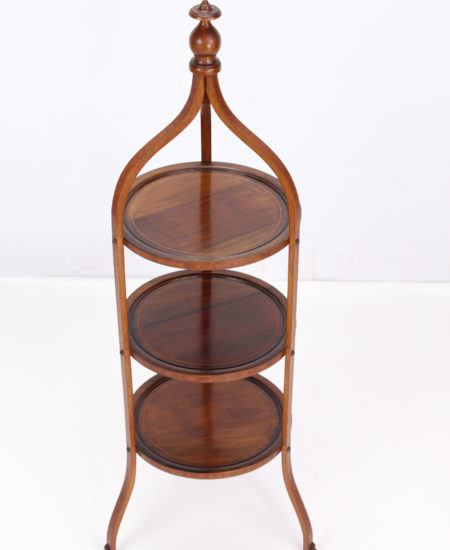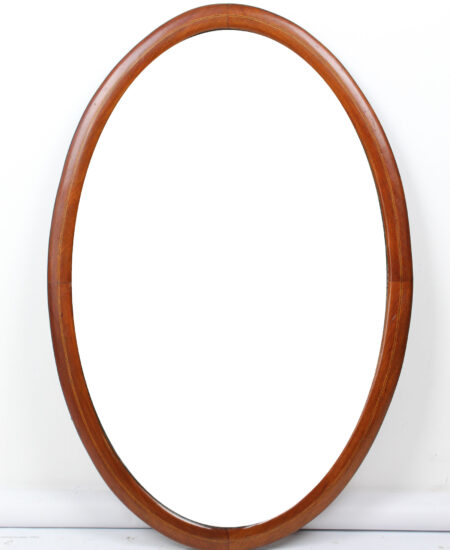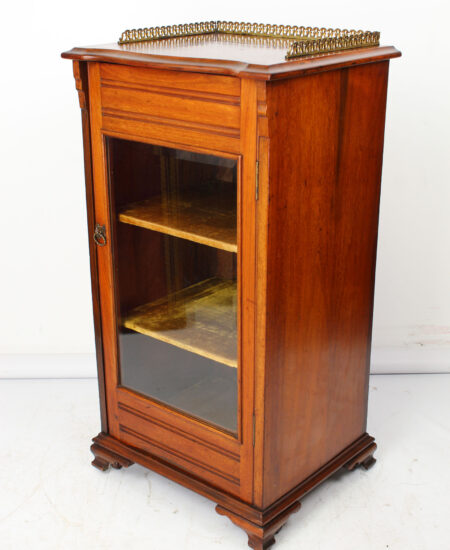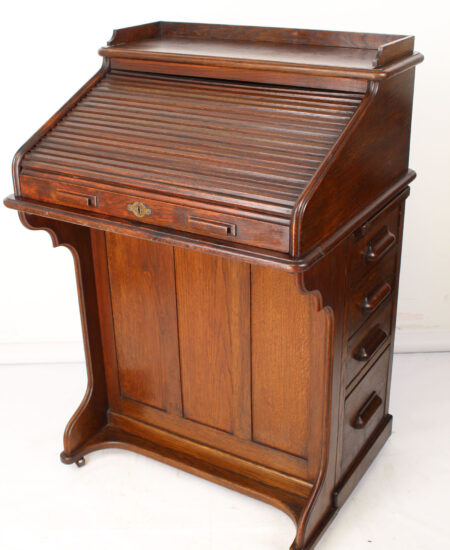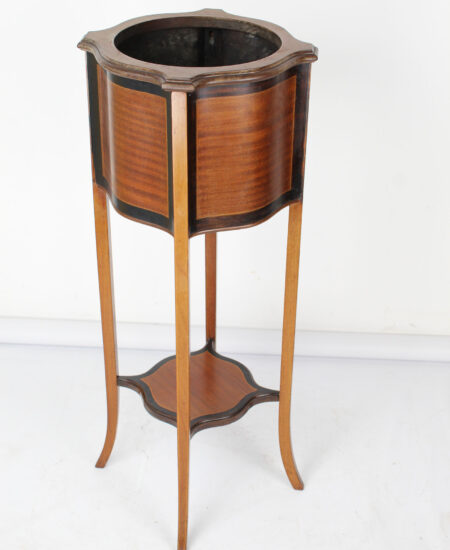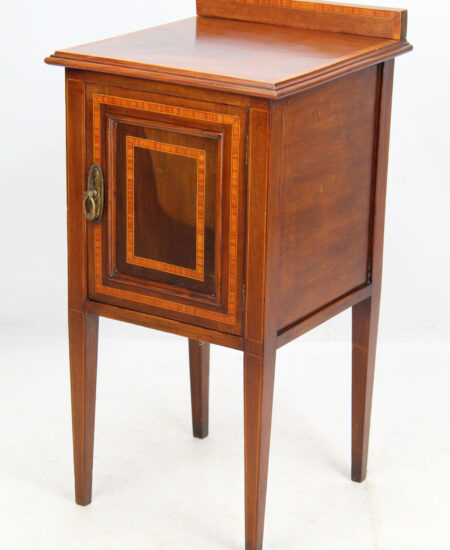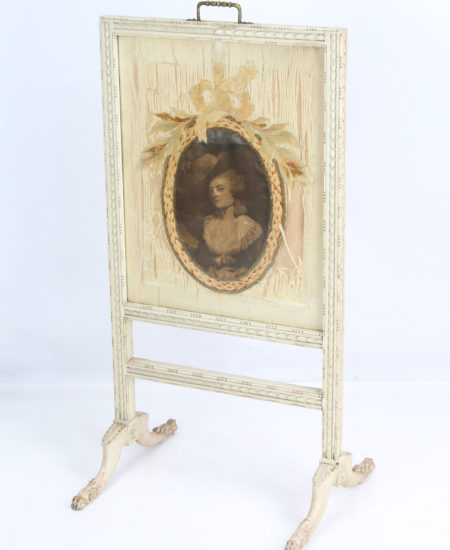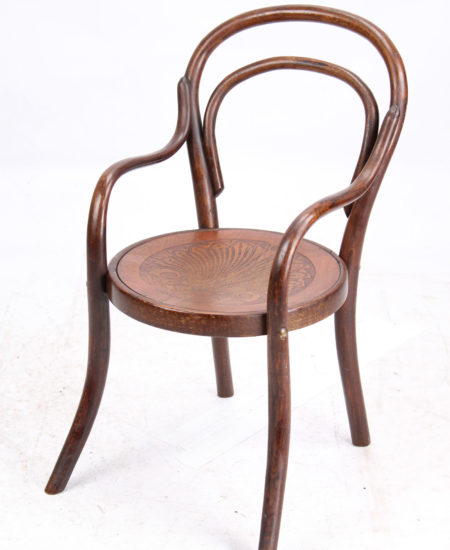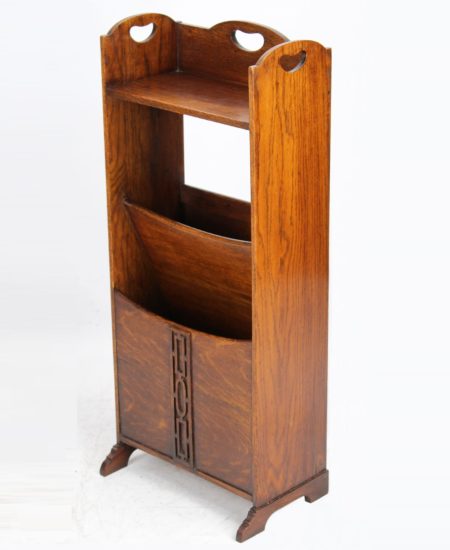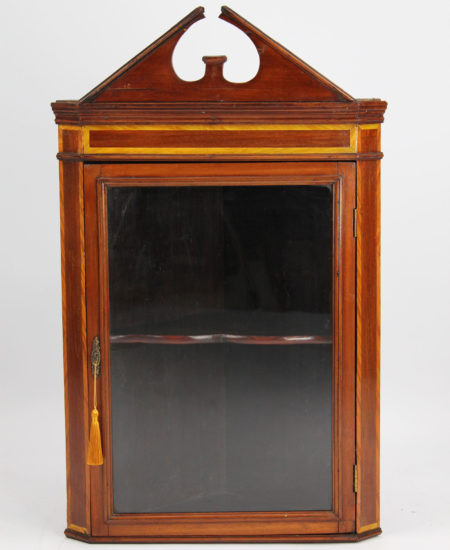-
Edwardian Oak Fire Screen
£145.00 Add to cart -
Edwardian Brass Planter / Jardinière or Log Bin
£145.00 Add to cart -
Edwardian Mahogany “Chippendale” Desk Chair
£295.00 Add to cart -
Edwardian Mahogany & Inlaid Double Bed
£395.00 Add to cart -
Edwardian Mahogany & Inlaid Tub Chair
£225.00 Add to cart -
Edwardian Oak Coffee Table
£240.00 Add to cart -
Slim Edwardian Arts & Crafts Hall Bureau
£250.00 Add to cart -
Edwardian Inlaid Mahogany Kidney Shaped Tray
£145.00 Add to cart -
Edwardian Inlaid Mahogany 3 Tier Cake Stand
£145.00 Add to cart -
Edwardian Mahogany & Inlaid Oval Mirror
£145.00 Add to cart -
Edwardian Walnut Music Cabinet / Bookcase
£295.00 Add to cart -
Edwardian Oak Roll Top Davenport Desk by Lebus
£395.00 Add to cart -
Edwardian Mahogany & Inlaid Jardinière / Plant Stand
£250.00 Add to cart -
Edwardian Mahogany Inlaid Bedside Cabinet
£280.00 Add to cart -
Edwardian Painted & Carved Fire Screen
£145.00 Add to cart -
Edwardian Childs Bentwood Thonet Style Armchair by J & J Kohn
£195.00 Add to cart -
Edwardian Oak Newspaper Stand
£225.00 Add to cart -
Small Edwardian Mahogany Hanging Cabinet
£175.00 Add to cart
A fleeting moment in furniture history, the Edwardian period only lasted a decade from 1901-1910. The Edwardian period is identified with the reign of Edward VII the eldest son of Queen Victoria who succeeded her in 1901. He died in 1910. Edward’s reign was a time when English culture began to shift into a much more mobile, multi-faceted, eclectic society and these trends are reflected in the furniture designs of this age.
The Edwardian era is probably best known for its tendency to revive formally popular styles from previous eras and mix them together to create modern pieces which still retained features of the earlier designs. Art Nouveau, Neo Classicism, Georgian and Tudor styles all found their way into Edwardian furniture design while at the same time powerful Avante Garde influences were at work. The resulting furniture was often a quite eclectic marriage of styles and influences.
Besides its eclecticism the other most identifiable characteristic of the Edwardian period is that it displays a distinct revolt against the heavy large formal Victorian styles that preceded it. Decor was reflecting the free spirited departure from the dark, rigid and restrictive times of the previous monarch. It also tends to be smaller and less bulky than Victorian examples reflecting the smaller sized homes into which it was to fit.
Mahogany was a popular choice for Edwardian furniture; cheaper pieces utilised soft wood which were then stained dark. Lighter materials such as wicker and bamboo were also introduced during this period while a Japanese influence popularised black lacquer and satin finishes.
Edwardian style can be viewed as being less about specific design and more about reflecting a time of great shifts and changes in attitude. Its identification as Edwardian relies less on its characteristics and more on being able to fix a date when it was made.
At Antique Furniture Direct we have a range of antique Edwardian furniture for sale including Edwardian chairs, bureaus, tables, piano stools, hall furniture and bedroom furniture. Typically pieces are made from oak, mahogany, walnut and rosewood. We are always replenishing our shop with new and interesting items every week, including the occasional Edwardian Arts and Crafts or Art Nouveau piece.
